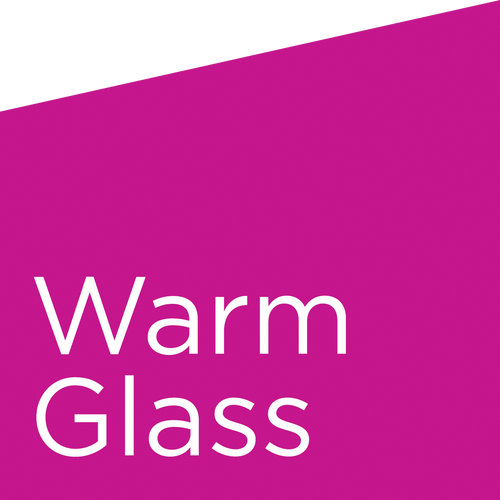Bullseye Sheet Glass: 3mm Violet Striker 1234.30
Violet Striker maintains some transparency when it matures to its target colour on firing. From the blue shade of its cold form, this colour fires to a strong violet, darker than the soft Light Violet Transparent.
£7.83 ex. VAT
Product Details
Product Information
Bullseye transparent sheet glass is renowned for its rich colour and transmission of light. A staple of glass fusers and artists worldwide, these sheets are available in a variety of styles and sizes - able to meet the requirements of any project.
Working Notes
All our glass is COE90, Bullseye Glass compatible and suitable for applications such as glass fusing, glass casting and glass slumping (unless otherwise stated in the description).
Product Attachments
Health & Safety
Warning: Product not recommended for food surfaces unless capped with Bullseye clear glass. See 'Is Bullseye Glass food safe?' attachment.



